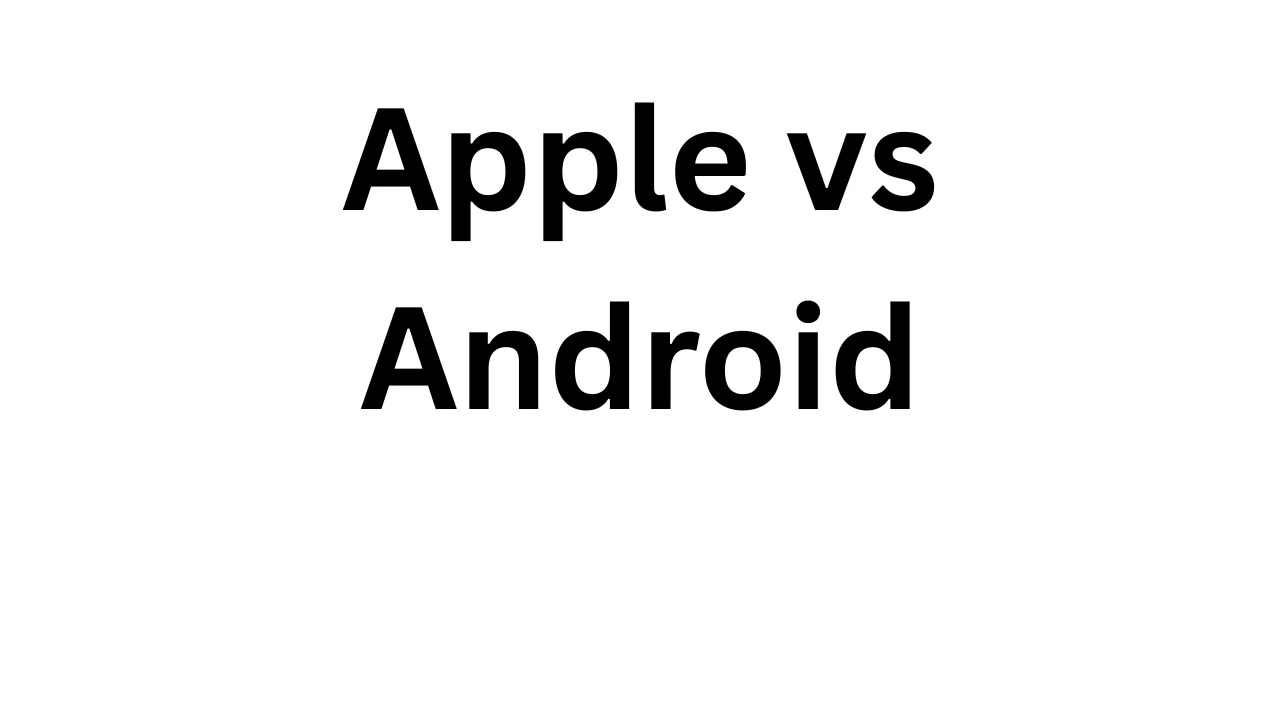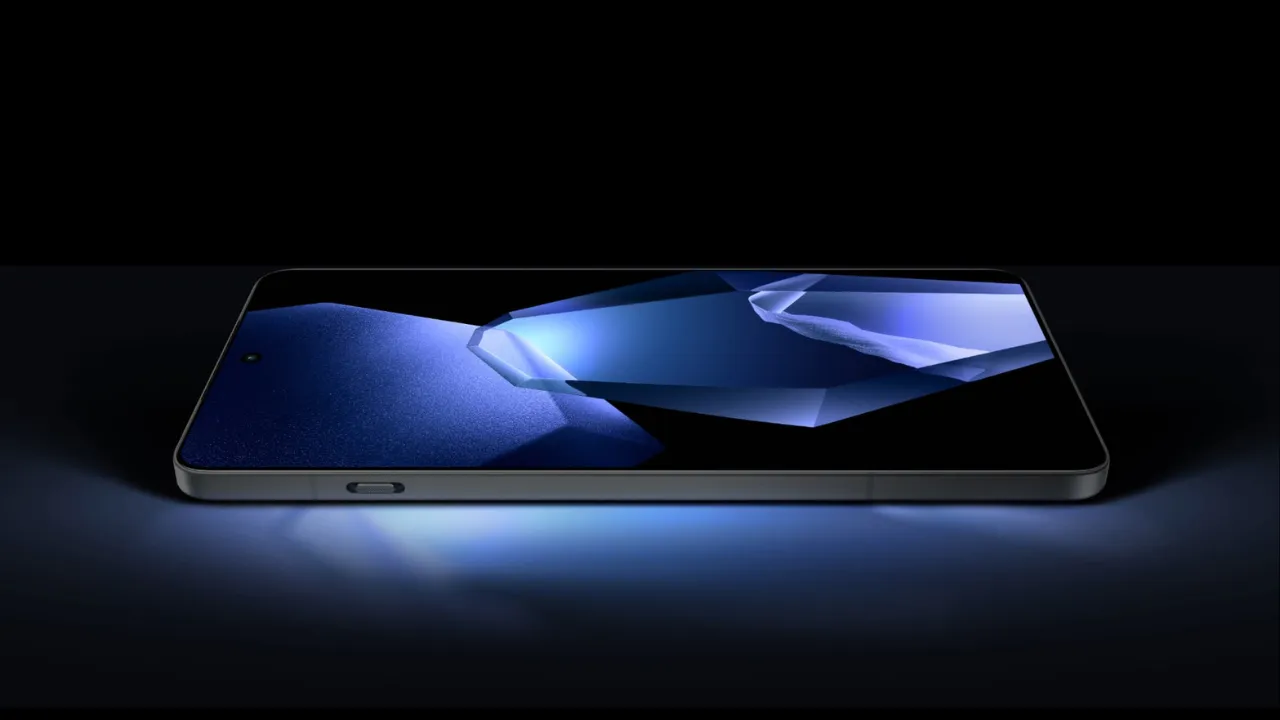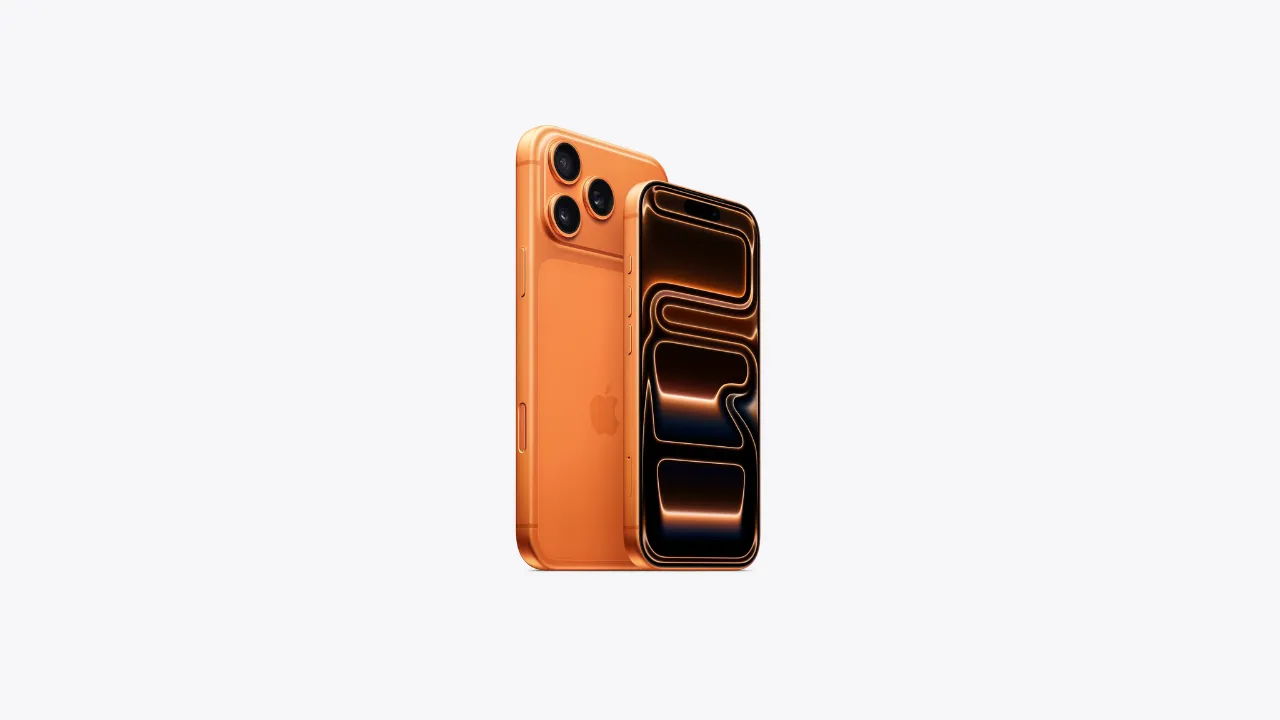Introduction – Why Apple vs Android is Still Relevant
The battle between Apple and Android has been ongoing for over a decade, and in 2025, it remains more relevant than ever. As smartphones become more powerful and integrated into our daily lives, choosing the right platform is no longer just about brand preference. Apple offers a tightly controlled, premium experience, while Android brings flexibility and a wide range of device choices. For users comparing performance, privacy, updates, or customization, the Apple vs Android debate still plays a key role. Understanding the strengths and limitations of each helps you make the smarter choice for your lifestyle and needs.
Design & Build Quality
When it comes to smartphone design and build quality, both Apple and Android offer impressive craftsmanship—but with different philosophies. Apple maintains a consistent and premium design language across all its devices. From the choice of materials to the symmetrical layout and attention to detail, iPhones are built to feel luxurious in hand. The fit and finish are often considered industry benchmarks, with aluminum or surgical-grade stainless steel frames and ceramic-shielded glass.
On the other hand, Android offers a wide variety in design, thanks to multiple manufacturers like Samsung, OnePlus, and Google. This leads to more choices in form factor, camera placement, screen curvature, and even materials. Some Android flagships like the Galaxy S series rival, or even surpass, iPhones in design innovation—think foldables, under-display cameras, and matte finishes.
However, not all Android phones are made equal. While premium models boast great build quality, budget and mid-range options may cut corners. This makes consistency a challenge in the Android ecosystem.
In the ongoing comparison of apple vs android, Apple clearly leads in uniform build quality, while Android offers diversity and innovation in design. The right choice depends on whether you prefer consistency or variety in your device’s aesthetics and feel.
User Interface & Ease of Use
The user interface plays a critical role in how we interact with our smartphones daily. Apple’s iOS is known for its clean, intuitive, and uniform user experience. Everything from the icons to the settings menu is streamlined, making it easy even for first-time users. The operating system is tightly integrated with Apple hardware, resulting in smooth animations, reliable performance, and minimal clutter.
Android, on the other hand, offers far more flexibility. Each manufacturer adds its own custom skin—like Samsung’s One UI or OnePlus’ OxygenOS—which changes how Android looks and feels. This allows for more customization, including widgets, themes, and even third-party launchers. However, this variety can sometimes lead to inconsistencies in user experience across different Android devices.
In terms of usability, iOS generally appeals to those who prefer a simple, no-fuss interface that “just works.” Android appeals to users who enjoy personalizing their devices and exploring advanced features. Both platforms are user-friendly, but in different ways.
In the debate of apple vs android, the choice comes down to preference: simplicity and stability versus control and customization. If you want a device that’s easy to learn, iOS may win. If you value options and tweaking, Android takes the lead.
App Store & App Availability
Both Apple and Android platforms offer millions of apps, but the experience of finding and using them can be quite different. Apple’s App Store is highly curated, with strict review guidelines that help maintain a high level of quality and security. Apps often launch first on iOS due to its unified ecosystem and higher spending user base. This means users generally get polished and stable versions of popular apps.
Android, through the Google Play Store, offers a more open environment. It’s easier for developers to publish apps, which results in a wider variety—especially for niche or experimental tools. Additionally, Android users can install apps from third-party sources, offering even more flexibility. However, this openness can sometimes compromise quality and security, especially if users aren’t cautious.
When it comes to app availability, most major apps are now available on both platforms. However, iOS still occasionally enjoys early access or exclusive features, especially for creative or productivity-focused apps.
In the apple vs android comparison, Apple scores on quality control and early releases, while Android leads in openness and diversity. Your ideal platform depends on whether you prioritize a controlled, safe app experience or the freedom to explore beyond the standard store.
Customization Options
Customization is one of the biggest differences between iOS and Android. Apple follows a closed ecosystem philosophy, which means iPhones offer limited customization. You can change your wallpaper, rearrange app icons, and choose from a few widgets, but that’s about it. The goal is consistency and simplicity, which many users appreciate, but it can feel restrictive for those who like to personalize their device deeply.
Android, on the other hand, is built around flexibility. You can change almost everything—home screens, app icons, fonts, themes, widgets, and even the entire launcher. Some brands like Samsung and OnePlus go even further, offering their own customization tools and theme stores. For tech-savvy users, Android allows deep tweaks using third-party apps or even root access.
The difference is clear: if you like your phone to look and feel uniquely yours, Android gives you the tools. If you prefer a clean, uniform interface that works the same for everyone, iOS delivers that experience.
In the apple vs android debate, Android clearly takes the lead in customization. Apple keeps things minimal and polished, while Android lets you be as creative or functional as you want. Your choice depends on how much control you want over your smartphone’s appearance and behavior.
Ecosystem Integration
One of the key factors in choosing a smartphone today is how well it integrates with other devices. Apple has built a tightly connected ecosystem that includes the iPhone, Mac, iPad, Apple Watch, and even services like iCloud, AirDrop, and iMessage. These devices work together seamlessly—start writing an email on your iPhone and finish it on your Mac, or receive calls and messages across all Apple devices without switching anything on.
Android also offers ecosystem benefits, especially with brands like Samsung and Google, but it’s not as consistent. You can connect Android phones with smart TVs, Chromebooks, or smartwatches, but the level of integration depends on the manufacturer and device compatibility. Features like Nearby Share and Google Assistant routines do add value, but the experience can vary across different Android brands.
If you’re someone who owns multiple Apple products, the ecosystem adds tremendous convenience and value. For Android users, the integration is improving but often requires more manual setup and may not work the same across all brands.
In the apple vs android comparison, Apple clearly wins in ecosystem integration due to its unified control and deep software-hardware coordination. Android offers flexibility, but Apple offers a seamless, out-of-the-box connected experience.
Security & Privacy
Security and privacy have become top priorities for smartphone users, especially with growing concerns over data tracking and unauthorized access. Apple takes a strong stance on both fronts. iOS is a closed system, meaning apps have limited access to system resources. Apple also includes privacy-focused features like App Tracking Transparency, which allows users to block apps from tracking their activity across other apps and websites. Frequent software updates, often rolled out to all devices simultaneously, help maintain high security standards.
Android, being open-source, is more flexible but also more vulnerable if not handled carefully. Google has made significant improvements in recent years with features like Google Play Protect and privacy dashboards, but updates are dependent on manufacturers. This means not all Android phones receive timely security patches, especially budget or older models.
Android gives users more control over permissions and customization, but this also means users need to be more cautious about what they install and allow.
In the apple vs android debate, Apple edges ahead in terms of consistent security and privacy policies. Android offers more freedom, but with that comes more responsibility. Your choice depends on how much you value built-in protections versus hands-on control over your data.
Pricing & Value for Money
Pricing is one of the most noticeable differences between Apple and Android. Apple follows a premium pricing strategy, with even its most basic models starting at a higher cost compared to many Android phones. While the hardware and software quality are consistently top-notch, the high price tag can be a barrier for many users. Apple rarely offers discounts, and its devices are often seen as luxury items.
Android, however, caters to a much wider price range. From budget-friendly models under ₹10,000 to premium flagships like the Samsung Galaxy S series, there’s something for everyone. This makes Android more accessible, especially in markets like India. Moreover, Android phones often provide more hardware features at a lower cost, such as higher refresh rate displays or larger batteries.
When evaluating long-term value, Apple holds its resale price better, and software support typically lasts longer. Android offers more competitive pricing upfront but may lose value faster depending on the brand.
In the apple vs android comparison, Android wins on price diversity and upfront affordability, while Apple justifies its cost with long-term support and ecosystem benefits. Your decision comes down to budget and how you define value—initial savings or lasting performance.
Software Updates & Longevity
Software updates play a crucial role in keeping your phone secure, bug-free, and feature-rich over time. Apple leads in this area by offering major iOS updates to all supported devices on the same day. Even older iPhones typically receive updates for five to six years, making them a long-term investment. This consistency gives users confidence that their devices won’t become outdated quickly.
Android’s update story is more fragmented. While Google provides regular Android updates, it’s up to individual manufacturers—like Samsung, OnePlus, or Xiaomi—to implement and roll them out. Flagship Android phones usually get two to four years of updates, but lower-end models may see less frequent support. Some newer brands are improving on this front, offering extended update promises, but it’s not yet uniform across the board.
Longevity also affects performance. Apple optimizes its software specifically for its own hardware, ensuring smoother operation even after several years. Android phones may show signs of slowdown sooner, especially on devices with limited RAM or lower-end processors.
In the apple vs android comparison, Apple clearly has the edge when it comes to long-term software support and device longevity. If lasting performance and consistent updates matter to you, Apple offers greater peace of mind.
Customer Support & Brand Loyalty
Customer support is a key part of the overall smartphone experience, especially when something goes wrong. Apple has built a strong reputation for its customer service. With Apple Stores, authorized service centers, and a unified support system, getting help is often faster and more consistent. Users can book appointments, get in-warranty repairs, and receive device replacements with minimal hassle. The AppleCare+ program further enhances support, offering extended warranty and accidental damage coverage.
Android support varies widely across brands. While companies like Samsung and Google offer solid service in metro areas, smaller brands may lack physical service centers or take longer to resolve issues. Warranty policies and after-sales service quality differ based on region and product tier. This inconsistency can be a concern for users who rely on reliable, quick assistance.
Brand loyalty also differs between platforms. Apple users often stick with the brand due to the smooth ecosystem, longer software support, and premium experience. Android users enjoy switching between brands based on features, design, or value—creating more flexibility but less loyalty overall.
In the apple vs android discussion, Apple wins on consistent customer service and strong brand loyalty. Android provides more options, but support quality depends heavily on the manufacturer you choose.
Final Verdict – Which One is for You?
Choosing between Apple and Android in 2025 is no longer a simple question of personal taste—it’s a decision that depends on your lifestyle, priorities, and long-term expectations. Both platforms have matured to a point where they offer excellent performance, sleek designs, and advanced features. Yet, they still cater to different types of users.
If you value a seamless, unified ecosystem, timely software updates, strong privacy protection, and reliable customer support, Apple stands out. Its focus on delivering a polished, stable, and consistent experience across all devices makes it ideal for users who want their tech to “just work.” iPhones hold their value longer, receive years of software support, and fit perfectly into Apple’s broader ecosystem of devices like the MacBook, iPad, Apple Watch, and AirPods. For someone who appreciates simplicity, long-term reliability, and premium design, Apple is a smart investment.
On the other hand, Android is perfect for those who want more control over their smartphone experience. Whether it’s customizing the interface, choosing from a wider range of devices, or accessing cutting-edge hardware like foldable phones or high-refresh-rate displays, Android offers freedom and flexibility. It also provides great value for money across all price segments, from budget phones to ultra-premium flagships. For tech-savvy users, gamers, or those who frequently switch devices, Android delivers more options and creative freedom.
Ultimately, the apple vs android debate doesn’t have a one-size-fits-all answer. It depends on what you prioritize—security or freedom, simplicity or variety, long-term support or hardware innovation.
Here’s a quick guide to help you decide:
- Choose Apple (iOS) if:
- You already use other Apple devices.
- You want the best privacy and regular software updates.
- You prefer a clean, no-hassle experience.
- You want excellent resale value.
- Choose Android if:
- You want more hardware options and price flexibility.
- You love customizing your phone.
- You need features Apple doesn’t offer (like split screen, USB-C, etc.).
- You want more control over app permissions and usage.
Whichever side you choose, both platforms have come a long way. The best choice is the one that fits your daily habits, your budget, and your expectations from a smartphone in 2025.
Conclusion – Apple vs Android: Who Should You Choose in 2025?
In 2025, the smartphone world is more advanced than ever, but the core question remains the same—should you go with Apple or Android? Both platforms have matured, offering powerful performance, beautiful designs, and advanced features. Yet, the ideal choice depends on your personal preferences, lifestyle, and expectations.
If you prefer a device that works smoothly out of the box, receives long-term software updates, and integrates effortlessly with other devices, Apple may be the right fit. It’s built for users who value reliability, privacy, and a polished user experience.
On the other hand, Android gives you more flexibility—whether in terms of hardware choices, customizations, or price range. It’s great for users who like experimenting, need specific features, or want powerful phones without breaking the bank.
The apple vs android debate isn’t about which is better overall—it’s about which is better for you. Understand what matters most in your daily smartphone use, and you’ll make the right decision.
No matter which side you choose, you’re getting access to one of the most powerful tools of modern life. Choose wisely, and your smartphone will serve you well for years to come.
Also Read: iOS 26: Everything You Need to Know About Apple’s Latest Update (2025 Edition)
FAQs – Apple vs Android in 2025
Q1. Which is better in 2025: Apple or Android?
There’s no single winner between Apple and Android in 2025—it depends on your needs. Apple is ideal for users seeking long-term software support, privacy, and a seamless ecosystem. Android is better for those who want more customization, flexible pricing, and access to the latest hardware innovations.
Q2. Is iOS more secure than Android?
Yes, iOS is generally considered more secure due to Apple’s closed ecosystem and strict app store policies. Android has improved significantly in recent years, but its open nature and manufacturer-based updates can lead to inconsistent security across devices.
Q3. Which platform offers better value for money: Apple or Android?
Android offers better value for money, especially in the budget and mid-range segments. Apple focuses on premium devices with higher price tags, but also offers longer software support and better resale value. Android wins in affordability; Apple wins in long-term stability.
Q4. Do Android phones get software updates like iPhones?
Not consistently. While Android brands like Google and Samsung offer regular updates for flagship devices, many budget models receive fewer or delayed updates. iPhones typically get iOS updates for five to six years across all supported models.
Q5. Can I switch from Android to Apple easily?
Yes, Apple offers tools like the “Move to iOS” app to help users transfer data from Android to iPhone. However, some app data and settings may not carry over perfectly. Switching is possible, but may require some manual adjustments.













